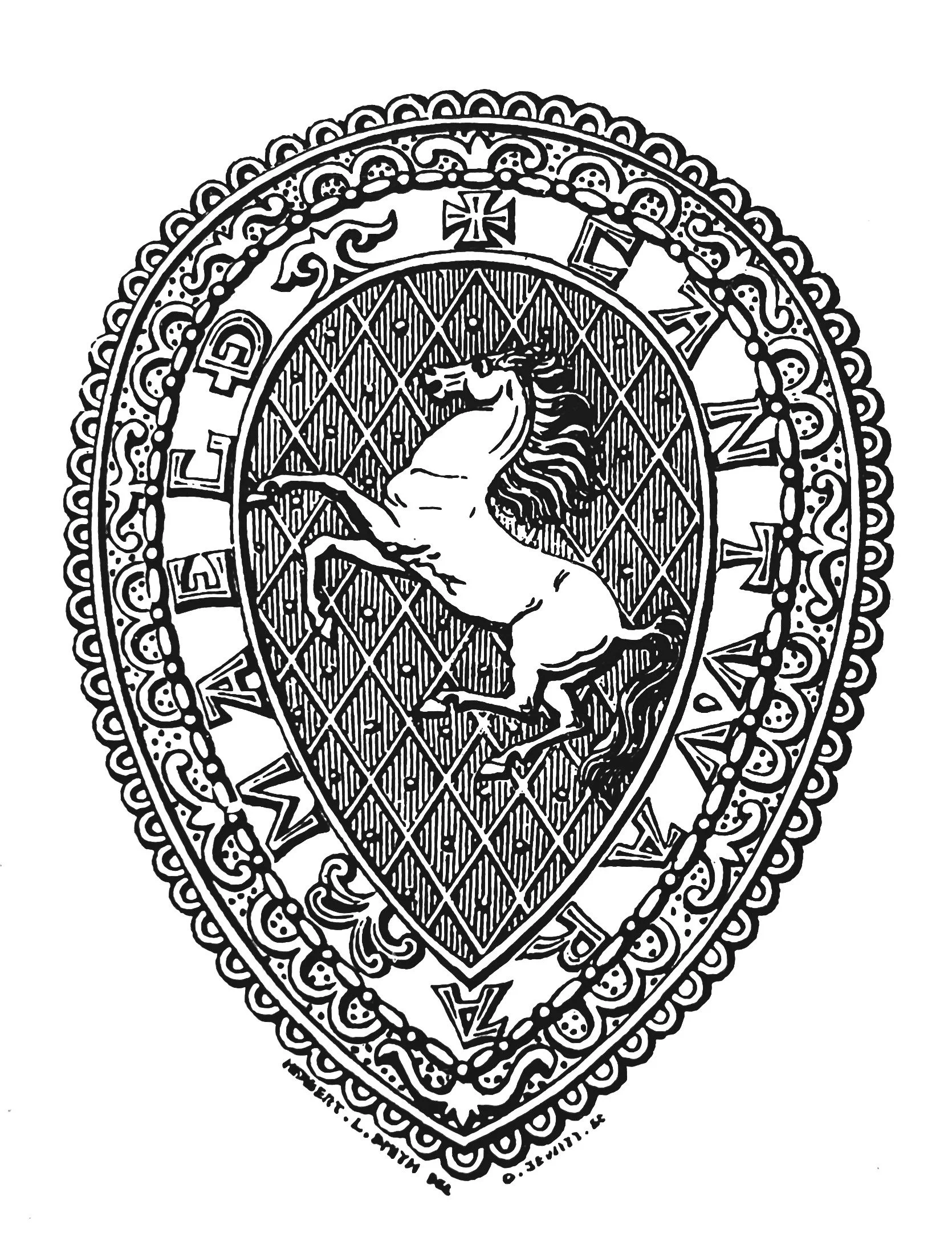
KAS Newsletter, Issue 47, Autumn 2000
Archaeological findings in Weald, Roman roads study, and educational courses and events.
Contributions to the next issue are welcome. See the guidance for contributors and contact Editor Craig Campbell.
Search page
Search within this page here, search the collection page or search the website.
Previous
Previous
Book Review
Next
Next


